Differences Between Slipstream and Dirty Air in motorsports – complete physics
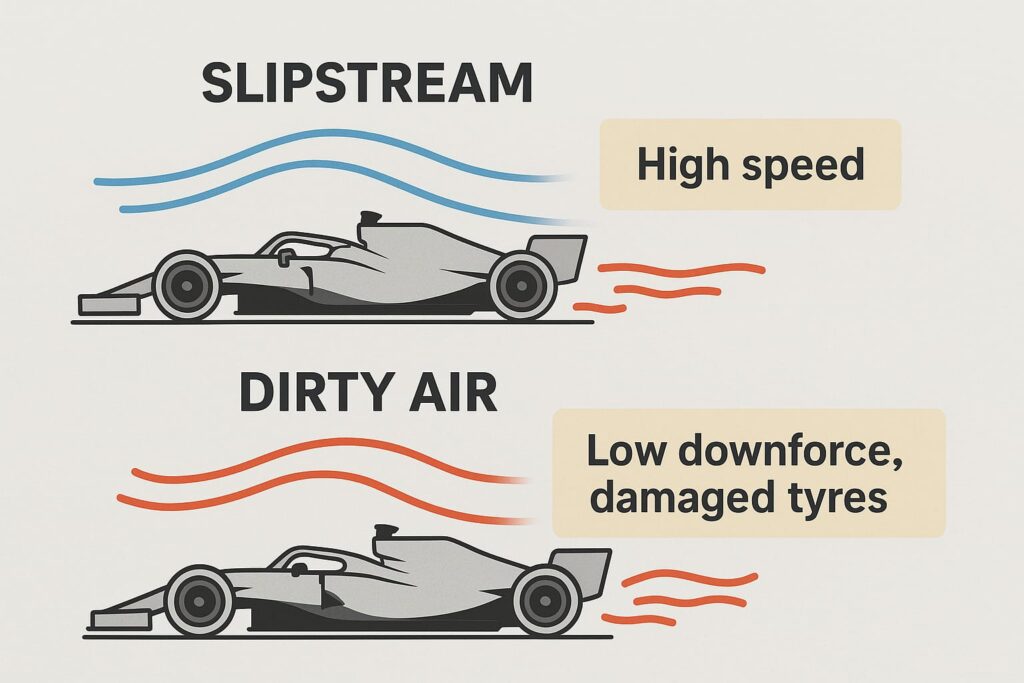
- By Dr. AK Rana
In F1 if a car is closely following other, either they are happy to get slipstream or complain about dirty air. Ever wondered how these two are different?
…
Slipstream – The Physics of Reduced Drag
A car at high-speed pushes air out of the way, leaving behind a low-pressure wake (like a tunnel of swirling air).
If another car follows closely behind, it enters this low-pressure zone.
Because there’s less air resistance, the following car experiences less drag.
When a car moves, it pushes through air, creating:
Air resistance (drag) – The force opposing motion.
Effect on the following car:
…
Less air resistance, so the car behind can go faster using less engine power.
The following car can gain speed and potentially overtake.
Good or Bad?
✅ Good — gives the following car an advantage.
…
Dirty Air – The Physics of Lost Downforce
🔍 What happens?
The aerodynamic surfaces of a race car (front wing, underbody) are designed to work in smooth, laminar airflow.
When following closely, the car enters the turbulent wake of the car in front.
This turbulent air is unpredictable and swirls (vortices), disrupting airflow over the wings.
Result: Downforce is reduced, especially at the front of the car → understeer, tire wear, and loss of grip.
Effect on the following car:
…
Loss of downforce, which reduces grip.
The car becomes harder to handle, especially in corners.
Increased tire wear and reduced cornering speed.
Good or Bad?
❌ Bad — makes it harder to stay close and overtake.
…
How They Relate:
On straights: Slipstream = good for overtaking.
In corners: Dirty air = bad for following closely.
…
The 2022 F1 car redesign aimed to reduce dirty air using:
Ground effect: Generates downforce under the car rather than on top → less affected by turbulent air.
Simplified wings: Reduce vortex generation.
…
Understanding these two, through an example-
…
Austria (Red Bull Ring)
Slipstream:
Where?
On the main straight (between Turn 1 and Turn 3), especially the uphill drag to Turn 3.
What happens?
Drivers coming out of Turn 1 get a strong slipstream advantage up the hill.
In many races , we’ve seen DRS trains here—cars follow each other and use the slipstream + DRS to launch overtakes into Turn 3 or 4.
Why it’s powerful: The straight is long and uphill, so any reduction in drag helps massively.
Dirty Air
Where?
Through the middle sector—Turn 6 to Turn 8.
What happens?
These corners require high downforce and precision. If a driver is following too closely, the dirty air reduces front grip, making the car understeer and lose time.
Cars often back off slightly in this section to get clean air, then try to re-attack on the straights.
📌 Stay tuned with Halleysclinic.com
📬 Share your thoughts in the comments
📧 Contact: halleysclinic@gmail.com
Don’t forget to follow our Instagram account https://www.instagram.com/halleysclinic

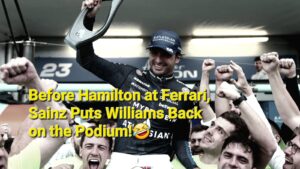
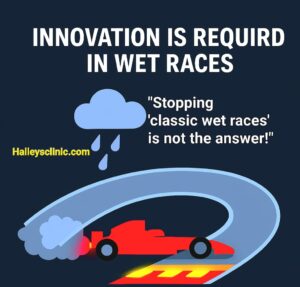

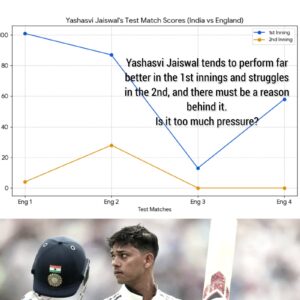
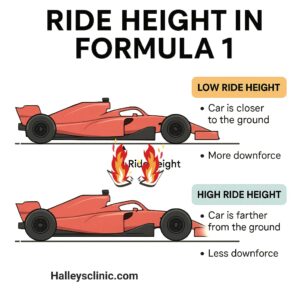
1 thought on “Differences Between Slipstream and Dirty Air in motorsports – complete physics”